Yeongsangang River Bike Road (영산강 자전거길)
3.9Km 0 2024-07-17
377 Seochangduk-gil, Seo-gu, Gwangju
The Yeongsangang River Bike Road, stretching 133 kilometers along the Yeongsangang River in Gwangju, offers a scenic route. It winds past notable landmarks including the Seungchonbo Reservoir, Najudaegyo Bridge, Yeongsanpo Port, Hwangpo sailboat, Natural Dyeing Culture Center, and Naru Village. Along the path, riders can enjoy five of the most picturesque spots in Yeongsan. The starting point of the route, the Yeongsangang River Bike Road Information Center, provides free bicycle rentals and bike safety training.
Gwangju Seochang Silver Grass Festival (광주 서창 억새축제)
3.9Km 2151 2023-11-22
377 Seochangduk-gil, Seo-gu, Gwangju
+82-62-350-4792
Gwangju Seochang Silver Grass Festival takes place along the themed walking paths next to Yeongsangang River with a range of walking programs and photo spots.
Missionary Wilson's House (우일선 선교사 사택)
3.9Km 14512 2019-11-12
20, Jejung-ro 47beon-gil, Nam-gu, Gwangju
+82-62-607-2333
Missionary Wilson’s House is a two-story brick building that sits upon the eastern foothills of Yangnimsan Mountain. Known as the oldest surviving Western-style house in Gwangju, the house is an icon of modern culture and architecture in Korea. The house was built by an American missionary named Wilson in the 1920s (exact date unknown) and was the home of the Wilson family while they stayed in Korea. When the family completed their work in Korea, they sold the house for a very cheap price with the stipulation that the house continued to be used for missionary purposes. The house fell into the possession of the General Assembly of Chonnam Presbyterian Church of Korea in 1986 and now serves as the home office for the Presbyterian Church of Korea.
The square-shaped house consists of a living room, a family room, a kitchen, and a bathroom (1F), several bedrooms (2F), and storage areas and a boiler room (B1). The fact that the entrance of the house faces east is said to be a result of the prevailing architectural culture of Korea at that time. A Netherland-style house built with 55-milimeter thick, gray bricks, the first and second stories are delineated on the exterior with an eye-catching band of bricks.
Yangnim-dong Missionary Cemetery (양림동 선교사 묘지)
3.9Km 14519 2021-05-28
77, Jejung-ro, Nam-gu, Gwangju
+82-62-607-2333
The Yangnim-dong Missionary Cemetery is the final resting place of 23 missionaries who brought Christianity to Gwangju and led the movement to free the nation from under Japanese colonial rule. Yangnim-dong in Gwangju Metropolitan City was the main area in which Priest Bae Yu-ji and Dr. Clement Owen carried out their work as the first missionaries to Jeollanam-do.
Located nearby is a monument dedicated to Priest Bae Yu-ji and the Owen Memorial Building, built in honor of Dr. Owen and his grandfather. Both memorials are cultural assets and particularly prized by locals of the Christian faith.
Gwangju Sajik Park (사직공원 (광주))
4.0Km 28029 2022-08-05
49, Sajik-gil, Nam-gu, Gwangju
+82-62-652-3236
Sajik Park is located at the previous site of Sajikdan Altar, a ritual site to pray for peace and prosperity during the Three Kingdoms Era. In the 1960s, the site was home to Sajik Zoo, with the ritual being abandoned in 1894 and the altar in disrepair. However, in 1991, it was decided to move the zoo to another location and begin restoring the site. It was reopened in April 1994, 100 years after the last ritual.
Sajik Park is landscaped with various trees and flower beds. The park blooms pink and white with cherry blossoms annually in mid-April. During this time, the municipality of Gwangju installs lighting in the trees for citizens to enjoy the blossoms late into the night. The park has become established as a favorite rest area for Gwangju citizens. The park houses several attractions including Gwangju Broadcast Station (KBS), Memorial Tower for Policemen, Yangpajeong Pavilion, and Palgakjeong Pavilion overlooking downtown Gwangju.
Cheongchun Balsan Village (청춘발산마을)
4.1Km 1718 2024-07-11
12-16 Cheonbyeonjwa-ro, Seo-gu, Gwangju
Balsan Village is a representative neighborhood of Gwangju and is a prime example of how something amazing can come out of something bad. First settled by Korean war refugees, the small houses jam-packed on a hillside attracted young people looking for work in the 1970s and '80s, mainly females working in the garment factories nearby. Recently, the addition of colorful murals and public spaces has given the village a breath of new life.
Gwangju Yangdong Market (광주 양동시장)
4.1Km 3600 2022-04-06
238, Cheonbyeonjwa-ro, Seo-gu, Gwangju
+82-62-366-0884
Yangdong Market started in the 1910s as a traditional market held on dates ending in 2 and 7 of every month on the white sand beach under Gwangjugyo Bridge. The market has a long history and local citizens have many sayings referring to the multitude of items available here. During the May 18th Democratic Uprising, both Yangdong and Daein Markets were a grand venue where the citizens of Gwangju gathered together to rally for democratization of the nation. Merchants of the markets provided food, beverages, and medicine to the protestors and participated in the movement alongside their fellow citizens.
Yangdong Market is an outstanding traditional market among all markets throughout the nation. The market has upgraded with the times to include modern conveniences, including a consolidated market logo, online shopping mall, and merchant education classes.
Lee Jang-woo's House (이장우 가옥)
4.2Km 15224 2021-12-16
21, Yangchon-gil, Nam-gu, Gwangju
+82-62-607-2333
Designated the first Gwangju Folk Material on March 20, 1989, Lee Jang-woo's House is an upper-class, tile-roofed house with a gate, storeroom, servants’ quarters, detached building, and main building. The building is estimated to have been constructed in 1899 and is overall a sturdy example of Korean architecture, well-preserved in its original state. The L-shaped main hall of the historic building is rather large and consists of (left to right) a wooden verandah, a small room, a hall, the main room, a kitchen, and another small room. The room doors are double doors with a sliding door on the inside and a hinged door on the outside. The hall also has partitions that can be hung up as necessary.
House of Choi Seung-hyo (최승효가옥)
4.2Km 13825 2023-03-08
29-4, Yangchon-gil, Nam-gu, Gwangju
+82-62-607-2332
The House of Choi Seung-hyo is a traditional residential building located on the southeastern slopes of Yangnimsan Mountain. The rectangular building is open to the east, has 8 kan (the space between two pillars) in the front and 4 kan to the sides, and is graced by a traditional hipped and gabled roof. Since the building was constructed in the 1920s, it offers a valuable glimpse into the architectural style of Korean houses at the end of the Japanese colonial period. Choi Sang-hyeon was an activist who offered his attic as a place of refuge for other activists.
Han Hee-won Art Museum (한희원미술관)
4.2Km 0 2023-01-25
27-6, Yangchon-gil, Nam-gu, Gwangju
+82-62-653-5435
Han Hee-won Art Museum is a small hanok art museum in the back alley of Yangnim-dong.
Painter Han Hee-won grew up in Yangnim-dong, where he was influenced as a painter. In July 2015, he purchased a small hanok between the House of Yi Jang-u and the House of Choe Seunghyo and transformed it into an art museum to preserve and show the spirit of love, comfort, and art in his hometown, Yangnim-dong. An art museum with a low threshold approaching citizens with a humble mind, Han Hee-won Art Museum is open to anyone. Feel free to visit, appreciate the paintings, and be comforted through art.
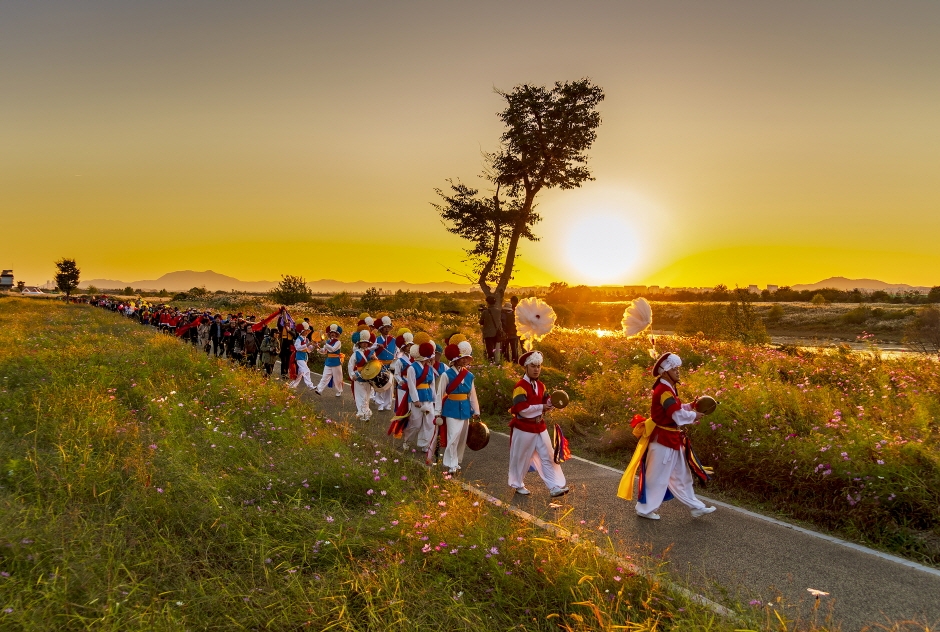
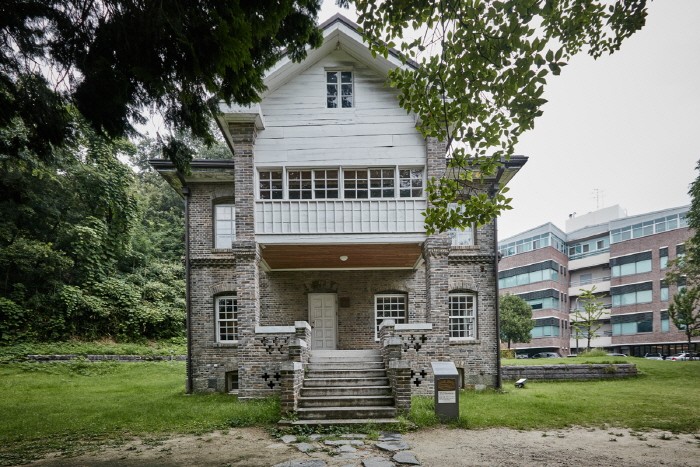
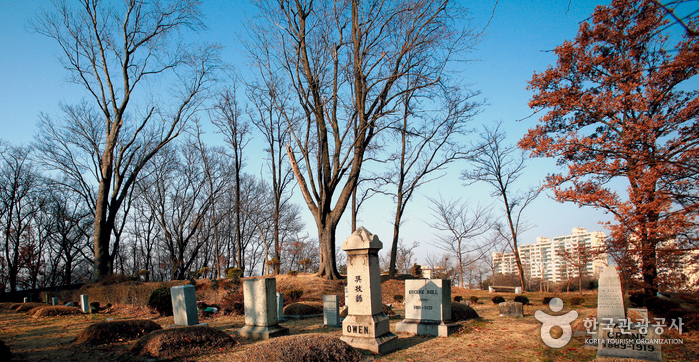
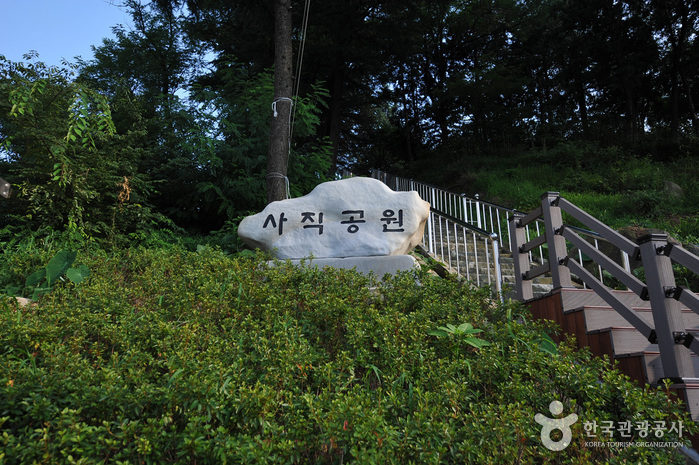
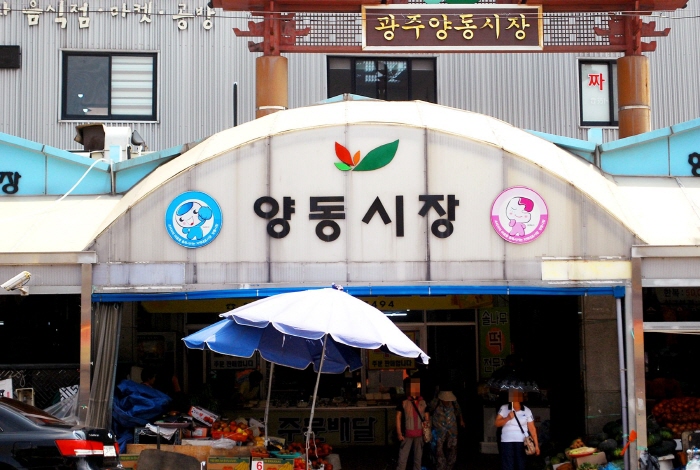
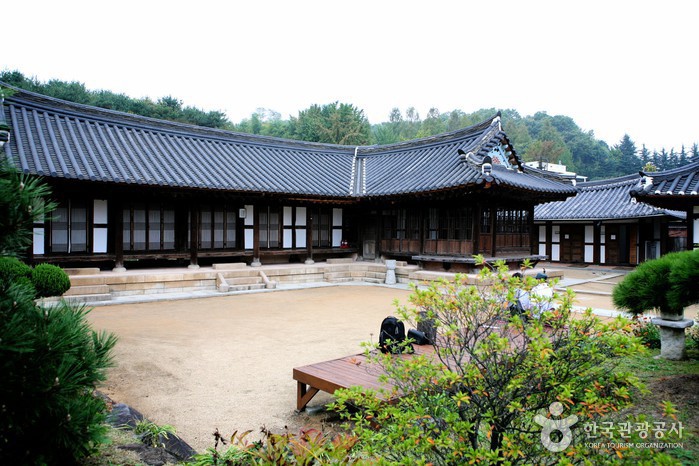
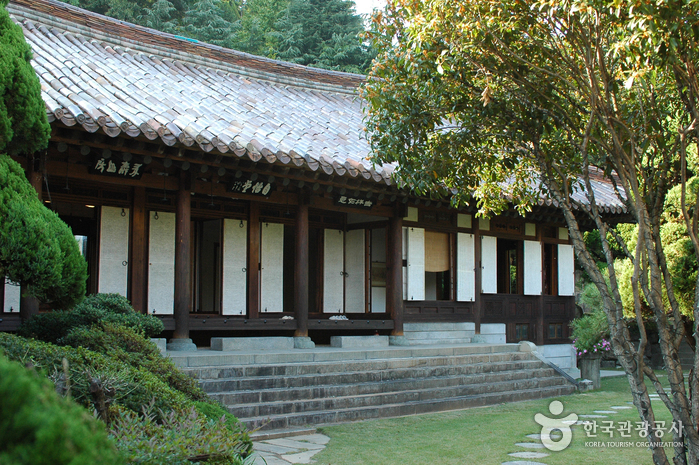

 English
English
 한국어
한국어 日本語
日本語 中文(简体)
中文(简体) Deutsch
Deutsch Français
Français Español
Español Русский
Русский